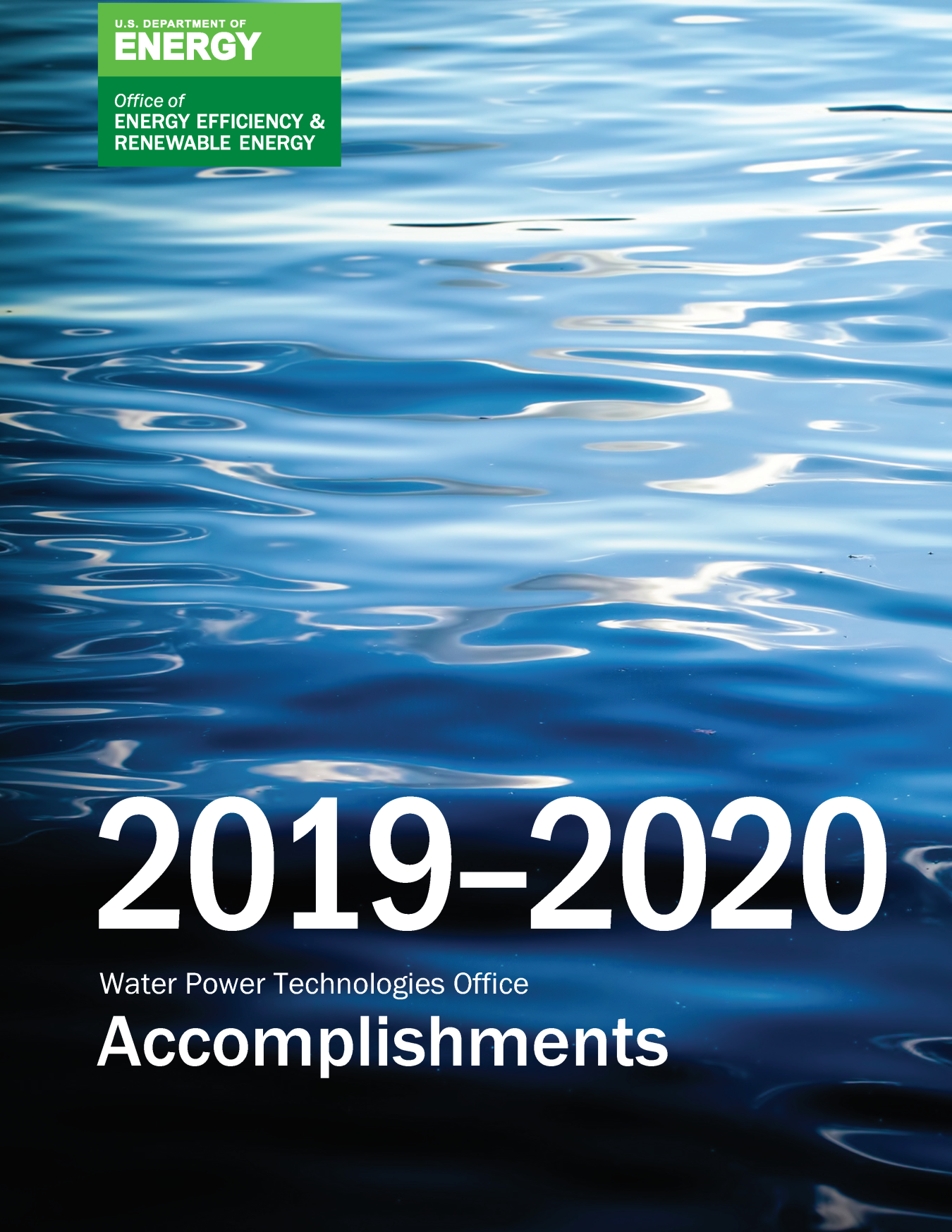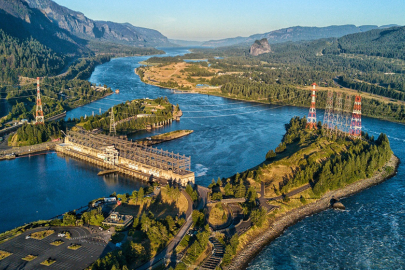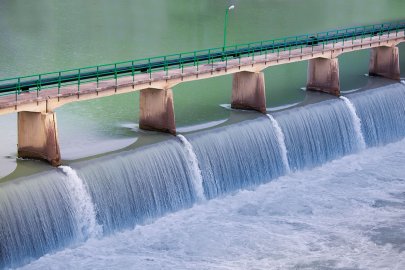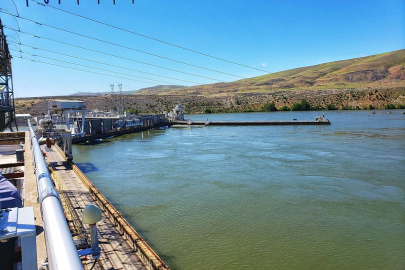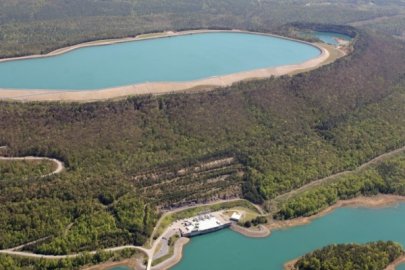A new study distinguishes between different PSH configurations and discusses ways to minimize potential effects on the environment.
Water Power Technologies Office
January 13, 2021Although pumped-storage hydropower comprises 95% of utility-scale energy storage in the United States, one of the challenges to developing new pumped-storage projects is potential environmental impacts; however, new closed-loop pumped-storage projects are being developed internationally and are expected to produce minimal environmental impacts versus traditional open-loop designs. To assess this idea, PNNL led the 2020 release of “A Comparison of the Environmental Effects of Open-Loop and Closed-Loop Pumped-Storage Hydropower.” Supported by the HydroWIRES Initiative, the report’s goals were to (1) distinguish between open- and closed-loop environmental effects, (2) describe how these impacts are being avoided, minimized, or mitigated at existing projects in other countries and proposed projects in the United States, and (3) discuss the significance of the environmental issues.
PSH is characterized as either open-loop (continuously connected to naturally flowing water) or closed-loop (not continuously connected to naturally flowing water). Because the majority of PSH projects—operating both internationally and in the United States—are open-loop, the environmental effects of closed-loop projects have not yet been well-documented. PNNL’s report concluded that closed-loop projects generally affect the environment on a more localized level and for a shorter duration than open-loop because of their location being “off-stream.” They found closed-loop configurations to potentially minimize aquatic and terrestrial impacts; however, for both above-ground and underground closed-loop projects using groundwater, impacts to geology, soils, and groundwater could generally be higher than those of open-loop projects. Additionally, by not being continuously connected to a naturally flowing body of water, closed-loop projects likely have greater siting flexibility than open-loop projects.
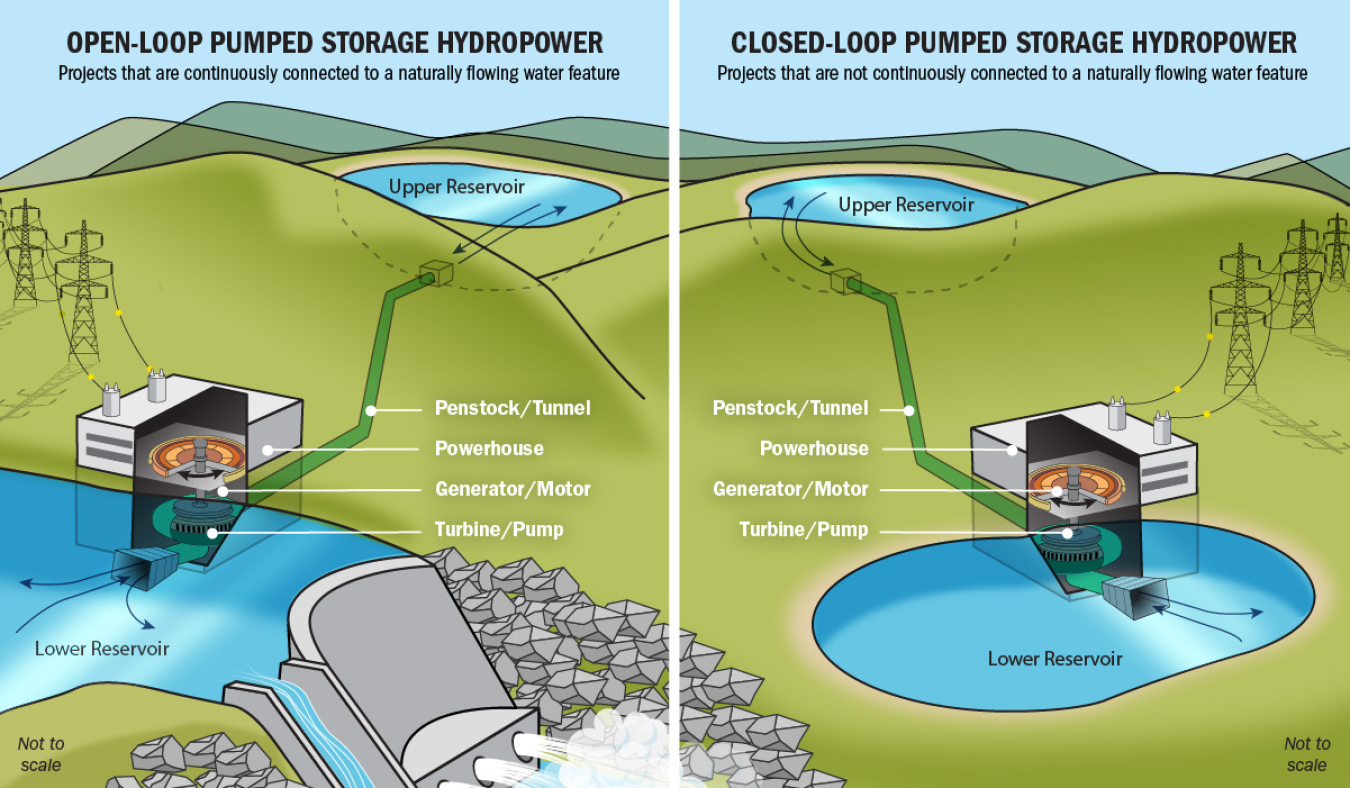
WPTO prepared this report to address the knowledge gap about the potential environmental effects of closed-loop PSH, but additional research is needed to better characterize and assess those environmental effects for all potentially affected resources. While it discusses the environmental effects of both open- and closed-loop PSH projects, it does not imply that PSH projects have environmental effects that cannot be mitigated. In addition, many PSH projects under development have their own unique characteristics, such as being built in a pre-existing mine or quarry, or otherwise taking advantage of existing infrastructure. In all cases, the impacts of any specific facility need to be considered individually. As a next step, the report team recommended conducting in-depth interviews with PSH developers (including some who developed closed-loop PSH projects in other countries), resource agency staff, staff from nongovernmental organizations, and other stakeholders to solicit their input to better characterize the potential environmental effects of closed-loop PSH projects.
For more information about the report and associated findings, visit the HydroWIRES webpage.
For additional information, contact TJ Heibel.


